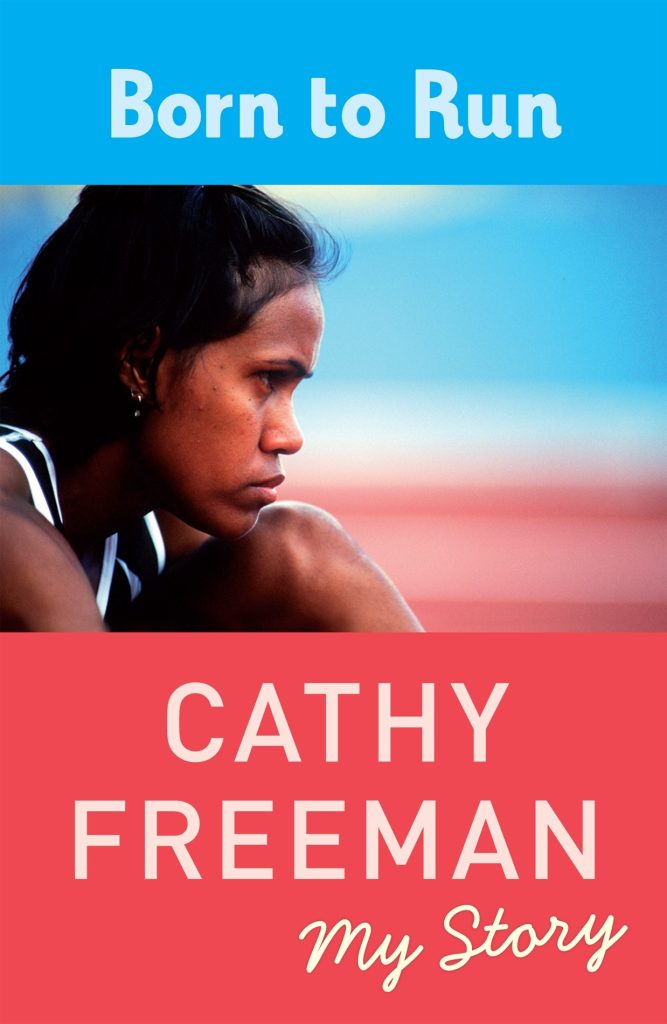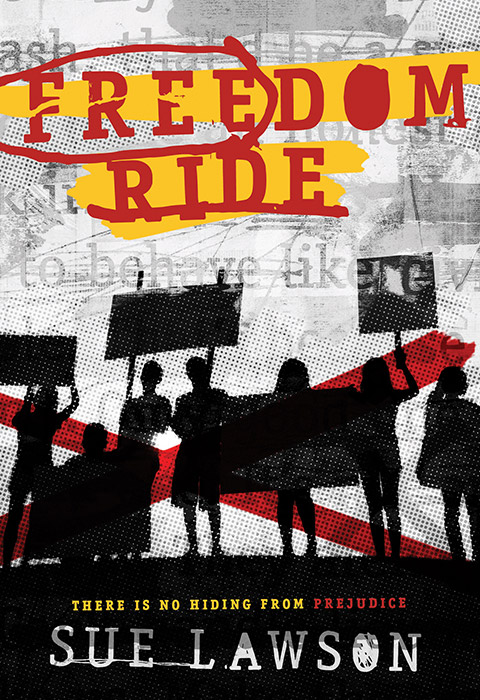This post wants to highlight some books that are considered Australian First Nations Classics.
The target audience is young adults, but I definitely think they are a “must-read” for everyone who wants to know more about the history and culture of Australian First Nations Peoples. They depict true stories of children who have faced colonial oppression, challenges, and humiliation. But they are also expressions of love, family and spiritual connection to the land.
Follow the Rabbit Proof Fence
is a book by Doris (Nugi Gamrimara) Pilkington that tells the story of three young girls who, in 1931, walked for over 1600 kilometres to escape from a mission settlement to return home. They followed what was called “the rabbit-proof fence” that stretched the length of Western Australia. The author was the daughter of the oldest protagonist, Molly. The girls were removed from their families in the Pilbara region and sent to a Moore River mission 100 kilometres north of Perth. The book is a true story of Molly, her sister Daisy and her cousin Gracie. They are called the Stolen Generation, a generation of children forcibly removed from their families by the Australian Government with the intent to assimilate into a non-Indigenous society. The children experienced abuse, they were neglected, and the effects of intergenerational trauma are still very vivid today. If you want to know more, I suggest you read and explore the AIATSIS (The Australian Institute of Aboriginal and Torres Strait Islander Studies) website.
The remarkable journey of the three girls is an incredible example of heroism, resilience and survival. They followed a fence built around 1907 from north to south of the State to prevent the rabbits from invading Western Australia. Of course, it didn’t work, but the girls knew that the fence would have led them home. The journey revealed more than you can imagine.


Sister Heart
is a book by the renowned First Nations writer and artist Sally Morgan. She wrote the famous autobiography My Place and you can read more here . It is a fascinating verse novel that talks about the Stolen Generation from the perspective of a young First Nation girl, Annie, who is suddenly removed from her family, put on a ship and placed in an institution. She is not allowed to speak her own language, her name has changed…everything is lost. However, there is still hope and love in Annie’s new world. The way the verses flow is beautiful, moving and authentic. Sally Morgan was inspired to write this novel based on the story of her great-grandmother.
Sister Heart won the 2016 Prime Minister’s Literary Award for Children’s Fiction.
Born to Run
is a book written by Cathy Freeman, who, at 27, won the gold medal in the 400-meter race at the Sydney 2000 Olympic Games. Cathy is a Kuku Yalanji and Birri Gubba woman who has always been very aware of the injustices of Aboriginal and Torres Strait Islander peoples in Australia. Her grandmother was part of the Stolen Generation and was removed from her family at the age of eight. The book tells Cathy’s story from her childhood to the moment she lit the cauldron at the Sydney Olympic Opening Ceremony and then won the race of her life. The journey was not without hurdles, but Cathy was determined and had an amazing family who always supported her. She hoped her achievements would inspire other First Nations children to pursue their dreams.


Freedom Ride
was written by Sue Lawson in 2015 and took place in 1965 when racial tension in Australia was very high. Although a historical fiction novel, the book refers to an authentic setting and true events. Walgaree is a fictional location in New South Wales and the main protagonist is a young boy, Robbie, who does not really care about the way Aboriginal Peoples have always been treated and goes on with his life. But then the Freedom Ride Bus comes into town. It is driven by university students who are investigating the conditions of Aboriginal Peoples in the district. Robbie’s attitude starts to change, and so does his critical thinking, sense of injustice, and moral values. At the end of the book, the author outlines the context and actual documents about what really happened during the Freedom Ride, acknowledging the racism and abuse towards Aboriginal Peoples as well as the participants who fought against the colonial ideologisms.
Alessandra Giacchi
Photo by Valentin from Pexels


